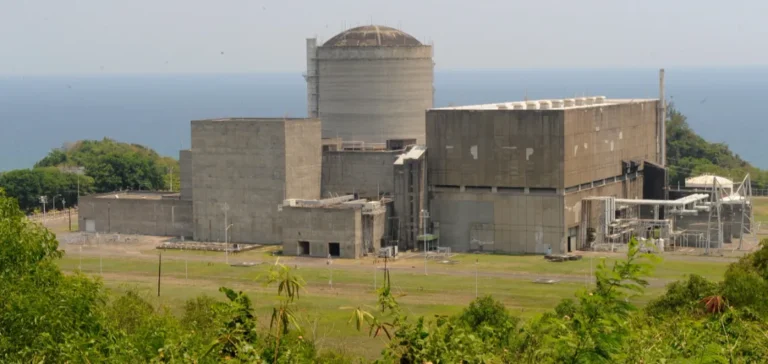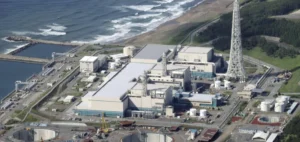The Philippine Department of Energy has formalised a regulatory policy to govern the development of the country’s first commercially operated nuclear power plant, named Pioneer NPP. Signed on October 2 by Energy Secretary Sharon Garin, the circular guarantees the future facility priority grid access, regardless of the nuclear technology chosen, and long-term contracting options aimed at attracting investors.
Priority status to secure investments
The document specifies that Pioneer NPP will be treated as a baseload facility and will receive priority dispatch on the national grid. This measure aims to create a competitive investment environment, coordinated between the Department of Energy, the Independent Market Operator, and the System Operator. The plant will also receive automatic certification as an Energy Project of National Significance, granting access to fiscal incentives and streamlined permitting.
Within 90 days, the government will explore various public participation models and financing options in collaboration with the Department of Finance, the Department of Economy, Planning and Development, and the Maharlika Investment Corporation. Simultaneously, grid readiness work will be prioritised to ensure nuclear integration into the power system.
Flexible contracts and extended regulatory framework
To ensure long-term financial viability, several contracting mechanisms will be deployed, including auctions, direct contracting, and industrial zone aggregations. Pricing will be based on a Regulatory Asset Base (RAB) model or a similar capital recovery mechanism, with contracts having a minimum term of 25 years, extendable for another 25 years.
The Energy Regulatory Commission will conduct stakeholder consultations to finalise the pricing structure. According to the authorities, these provisions are designed to attract private and institutional capital into a previously untapped sector in the Philippines, while ensuring tariff stability for industrial consumers.
Measured revival of a shelved project
The country first ventured into nuclear energy in the 1970s with the construction of the Bataan nuclear power plant, equipped with a 621 MW pressurised water reactor from Westinghouse. Although completed in 1984 at a cost of $460 million, the facility was never fuelled or commissioned due to financial difficulties and seismic concerns. Several proposals have since been made to restart or convert the site, without result.
The current government strategy targets the commissioning of the first nuclear plant by 2032, with an initial capacity of 1,200 MW. This capacity is expected to double to 2,400 MW by 2035 and reach 4,800 MW by 2050.






















